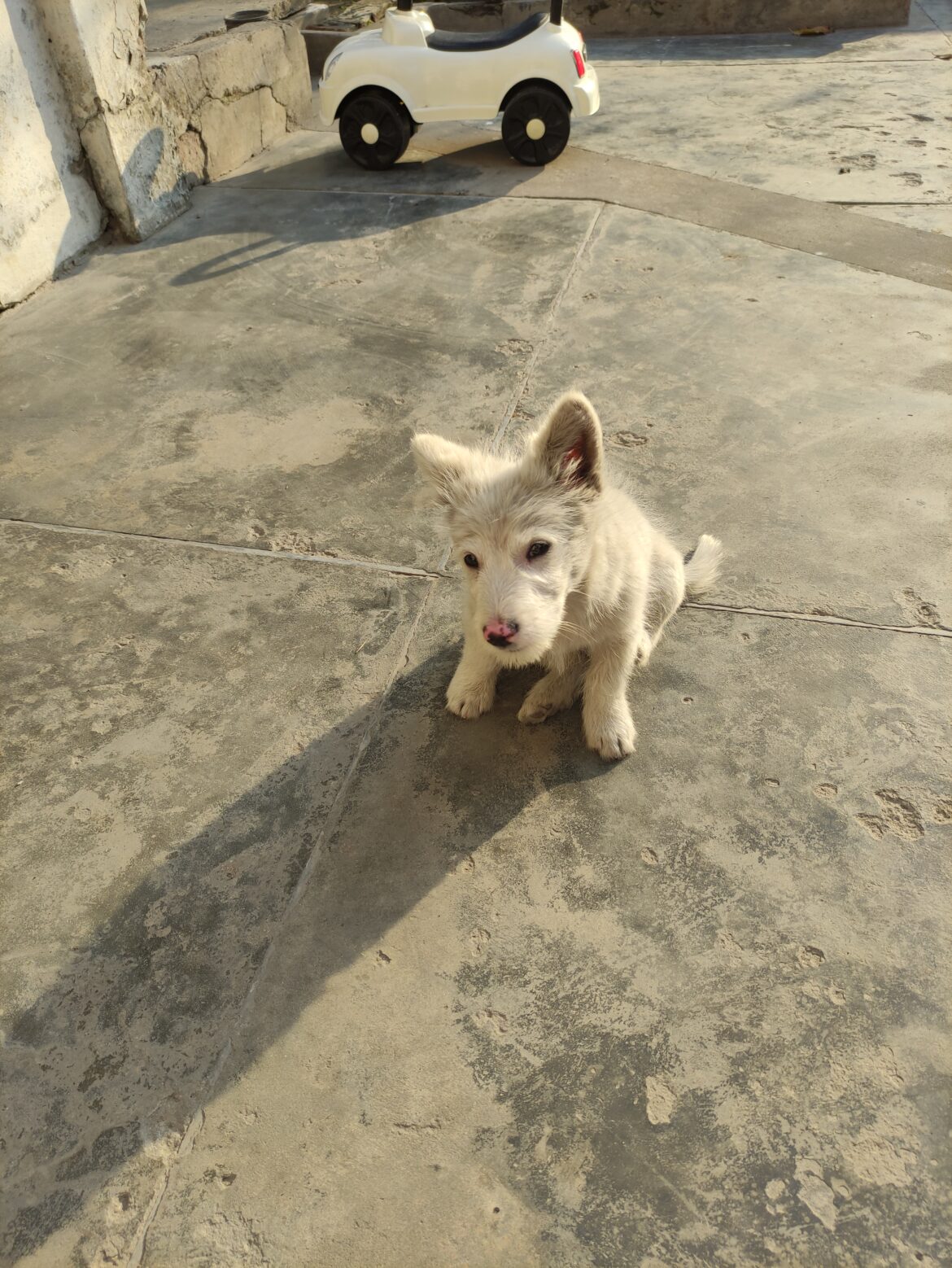A brief history of Asian dog breeds
Asia is home to some of the most popular dog breeds in the world, which makes sense given the region’s long history and current population share of nearly 60% of the global total. Recent research suggests ancient Southeast Asia may have been the origin of these household pets, though this is still up for contention.
According to the research, they may have been domesticated there around 33,000 years ago and then spread to the Middle East, Africa, and Europe.
Many of the different Asian dog breeds that are still widely popular today can trace their ancestry back to China. You might be surprised to learn that Pugs and Shih Tzus, two of the most popular dog breeds in the United States, were once the favorites of Chinese aristocracy thousands of years ago. Numerous dogs hail from various parts of Asia, such as Korea, Japan, and Thailand.
Keep reading to learn more about 28 fascinating Asian dogs.
Afghan Shepherds
Asia’s most popular dog breed is the kuchi or Afghan Shepherd. Afghan Shepherds are ferocious, watchful, and tough; they can also be solitary, trustworthy, and extremely intelligent. They are powerful and quick, so they can do their jobs even when they are in harm’s way.
They get along well with other family members and are amiable and dedicated to their owners. Because of their strong sense of territory, they will protect their pack violently from any intruder, human or canine.
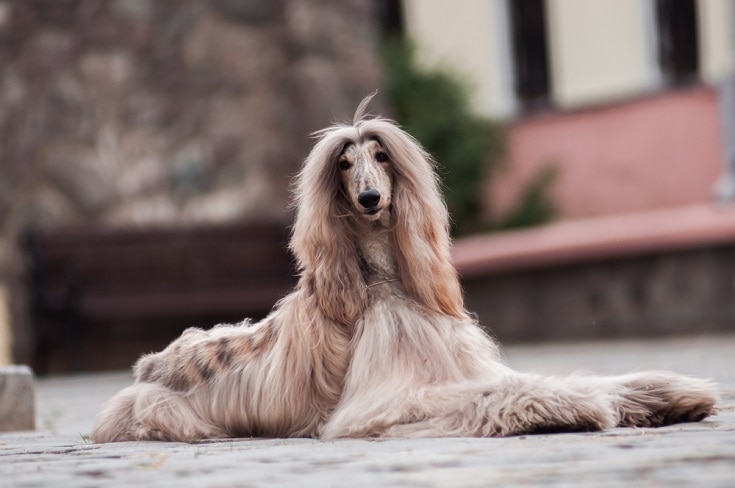
Akita Inu
Dogs of the Akita Inu breed are known for their size and strength and are native to Japan’s hilly regions. Although the breed was first developed for hunting, it was also used as a fighting dog in the early 1600s.
The Akita Inu’s devotion is unparalleled. This means they tend to be too possessive and protective of their territory. That’s why these dogs are in such high demand as security guards.
However, these can be challenging dogs for novice trainers to master. In addition, they tend to be hostile toward other canines (particularly male canines) and smaller pets. Fights and scuffles can be avoided with the right amount of early and consistent socialization training. They are surprisingly good with children. Akita Inus are among the most well-rounded Asian guard dogs.

Alaskan Malamute
The Alaskan Malamute is commonly mistaken for a Siberian Husky. Actually, it’s not shocking, given the many shared characteristics of the two spitz breeds. These famous Asian dogs share many characteristics, including appearance, origins, work histories, and temperaments.
The most noticeable distinction is in size. Malamutes, in comparison to Huskies, are massive. Contrary to popular belief, Malamutes share all of the positive traits of the Husky, including being lively, friendly, cuddly, and loyal. Despite their dedication to their profession, they value friendship and community more.
It’s well-acknowledged that Malamutes make excellent sled dogs. They are built to lift heavy loads, while Huskies are better at quickly delivering lighter loads. Simply said, Malamutes need a lot of daily running to satisfy their exercise requirements.
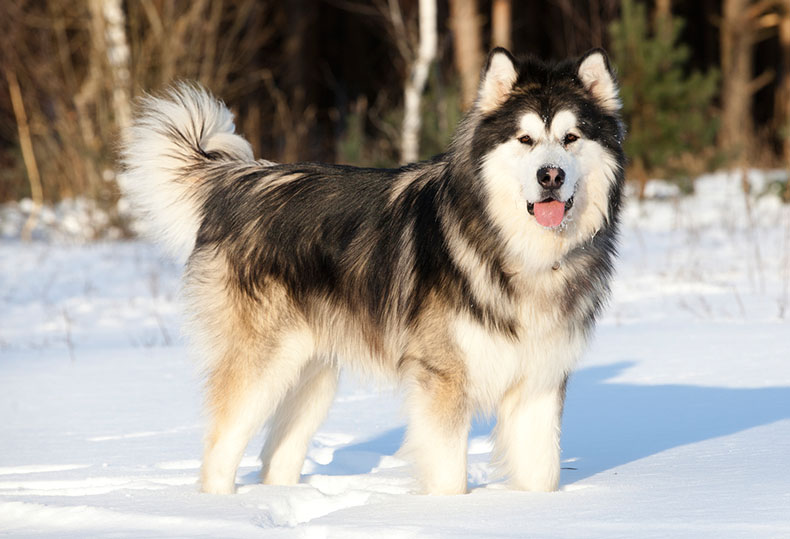
Image Credit- Getty Images
Black Russian Terrier
One of the Asian dog breeds, the Black Russian Terrier, as its name suggests, is a terrier breed originally from Russia that is all black. They are not purebred terriers; rather, they are hybrids developed by crossing seven different dog breeds, including the Giant Schnauzer, Rottweiler, and Caucasian Shepherd.
This breed is powerful and self-assured and works hard if trained properly; yet, it can become lethargic. As a result of the close bonds it creates with its members, it is ideal for families with children.
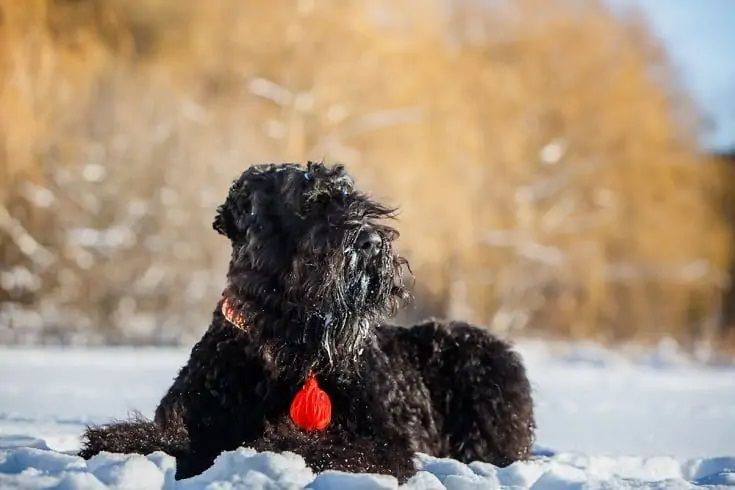
Borzoi
In appearance, the borzoi resembles a giant greyhound draped in a luxuriously long silk robe. For them, the best form of entertainment is one that incorporates jogging. Borzoi is natural hunters and will pursue any tiny animal that runs away, staying true to their ancestry. They are immune to all attempts to stop the pursuit and pay no attention to moving vehicles.
Borzoi, being a Russian dog, is used to cold climates and is content to lie on hard, cold surfaces. They have a yearly shedding of their coat. Two or three times a week is the recommended frequency for brushing. When some borzoi dogs pant excessively, it can be alarming.
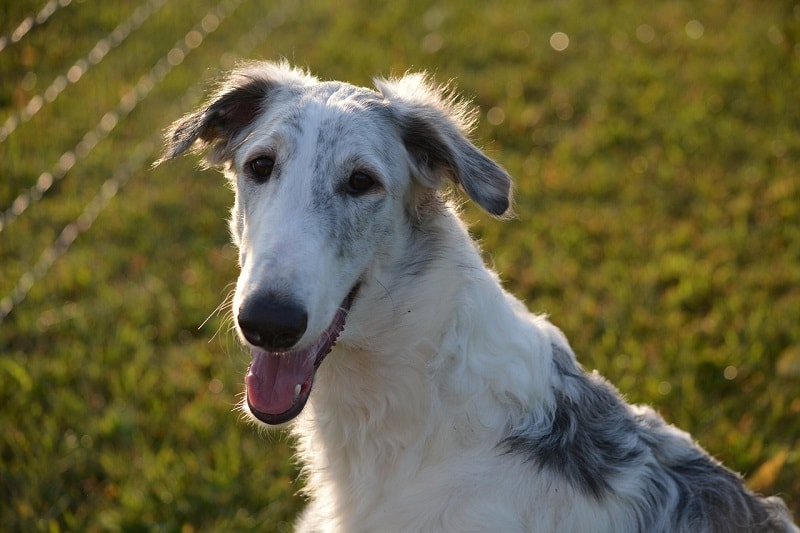
Central Asian Shepherd
The Central Asian Shepherd Dogs are imposing Asian dog breeds with a reputation for strength and independence. These canines are known as the Central Asian Ovtcharka, the Middle Asian Ovtcharka, and the Mid-Asian Shepherd.
The Central Asian Shepherd Dog is a wonderful addition to a home with a fenced-in yard and does best in a milder environment. In contrast, these dogs are full of energy when outside; they tend to be quite sedate and quiet at home. Not advised for first-time dog owners despite their playful, affectionate, and protective nature.
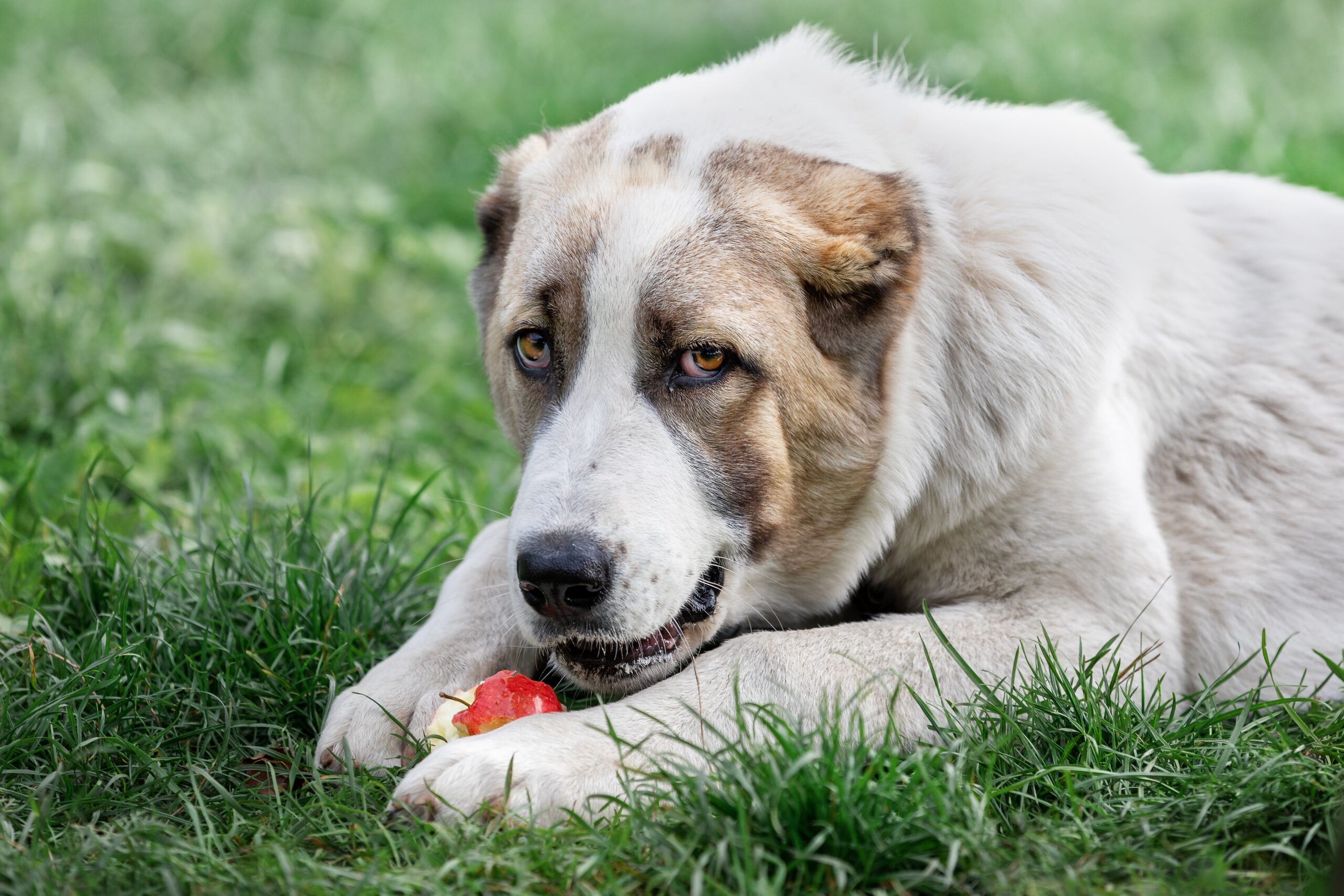
Chinese Crested
The average height of a Chinese Crested is under 13 inches, yet it doesn’t stop them from being adorable. Its distinctive appearance, with long hair covering its huge, triangular ears and face but short hair covering the rest of its body, won it the title of “World’s Ugliest Dog” every year from 2003 to 2005. This breed is not only smart but also fun to watch.
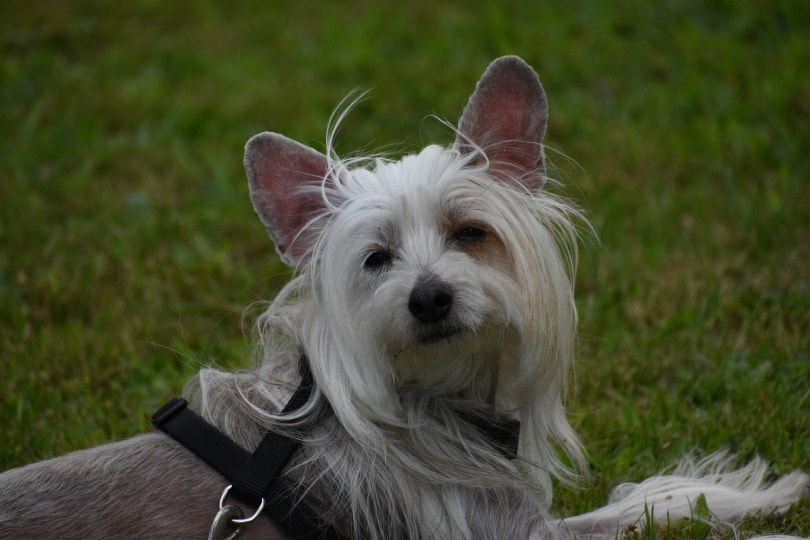
Chippiparai
The Chippiparai is the most well-known of all Asian dog breeds. To compare a Chippiparai to another country, think of the Akita Inu in Japan or the Jindo in Korea. In consequence, they have become the most well-known canine breed in India.
As a result of their lengthy legs, Chippiparais can run at remarkable speeds. That’s why they rank among Asia’s finest hunters. If you decide to keep one of these dogs, you should prepare to give it a lot of activity each day.
The Chippiparai now represent honor and nobility in India. Although western dog breeds have practically wiped out all indigenous Indian canine species, Chippiparais are still widely found in rural India.
They are hardy canines that require little in the way of maintenance. That is to say; they have a low veterinarian care threshold. However, this in no way diminishes the need to provide for their needs. You must ensure they have access to all the resources they need for their well-being.
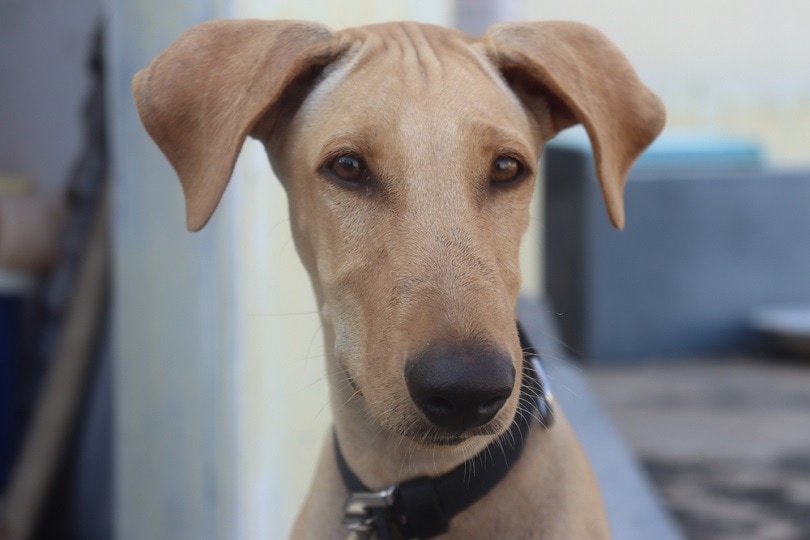
Chow chow
Chows have a long history of serving as reliable hunting companions in Asia. Most people assume that Chows originated in China, but this isn’t universally agreed upon.
Where they may have originated, Chow Chows have become one of the most recognized Asian dog breeds.
Their teddy bear coat and unusually colored tongues (black, blue, or purple) make them stand out from the rest of the canine pack. In reality, Chow Chow is a common ancestor for mutts and hybrids with a pink or red tongue.
Although the Chow Chow has been ranked as one of the least intelligent dog breeds by experts, you would be surprised by how savvy they are. The only thing that sets these dogs apart is their obstinate independence. They won’t comply with your requests simply because you make them.
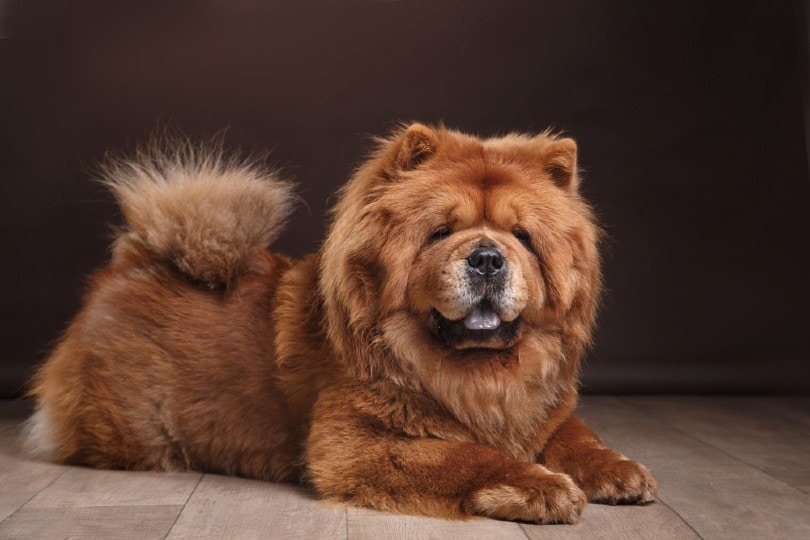
Dosa Mastiff
The Dosa Mastiff, often called the Korean Mastiff, is the largest dog breed that originated in South Korea. Dosa Mastiffs may get up to nearly 200 pounds, which may sound like a lot, but they are rather friendly and docile.
Some have even referred to the Korean people as the “gentle giants of Korea.” They defy expectations for aggressive mastiff dogs and shatter the stereotype that has developed around them. In contrast, the Korean Dosa Mastiff is a calm, kind, and devoted pet.
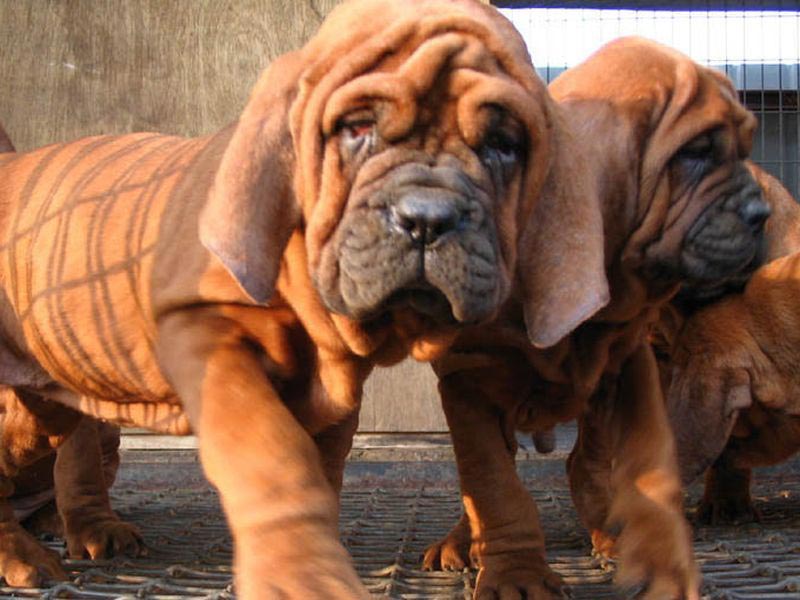
Image Credit: pikspost.com
Indian Spitz
The Indian Spitz is a non-Pomeranian breed that is popular among Asian dog breeds. In its native nation, it is the most common and widely available breed of dog. It makes a wonderful pet and can double as a vigilant guard dog by alerting you to unwanted visitors with its loud bark. These canines also enjoy jumping-based games of retrieve and frisbee.
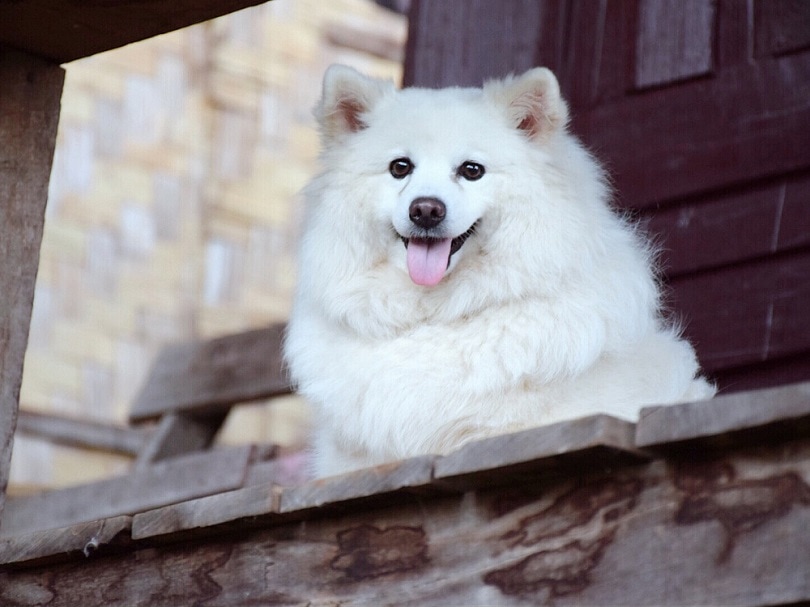
Japanese Chin
Small in stature but big on personality and energy, Japanese Chins have a long silky coat and a feathered tail that plumes over their back.
This breed’s popularity in Japan had been dwindling since the early twentieth century. Recent efforts to bring the breed back, however, have been fruitful, and there are now thousands of Japanese Chin registered in Japan and many hundreds more registered in nations all over the world.
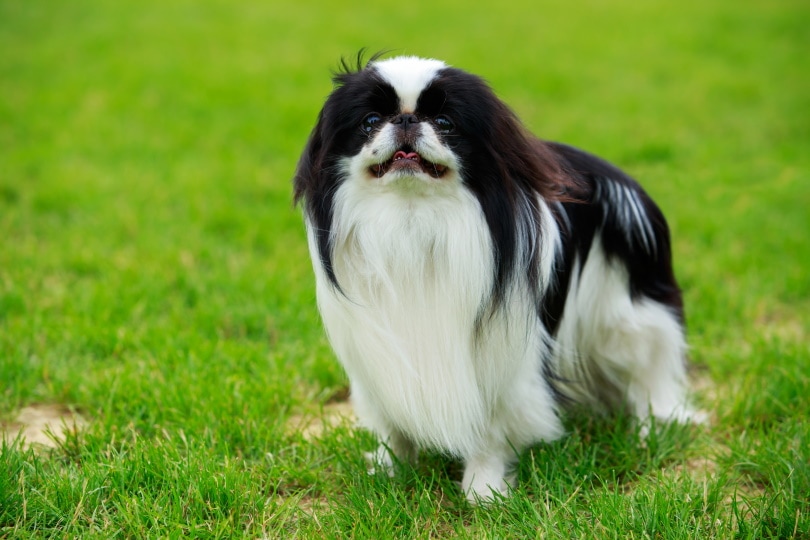
Japanese Spitz
In the 1920s, Japanese breeders developed the Japanese Spitz, a small to medium-sized dog. Most kennel groups recognize this breed; however, American kennel club rejects it because they believe it is too similar to the Pomeranian. Its welcoming nature has led to a meteoric rise in its appeal. It’s a superb watchdog because of its loyalty to its family. It’s also good for kids and other pets.
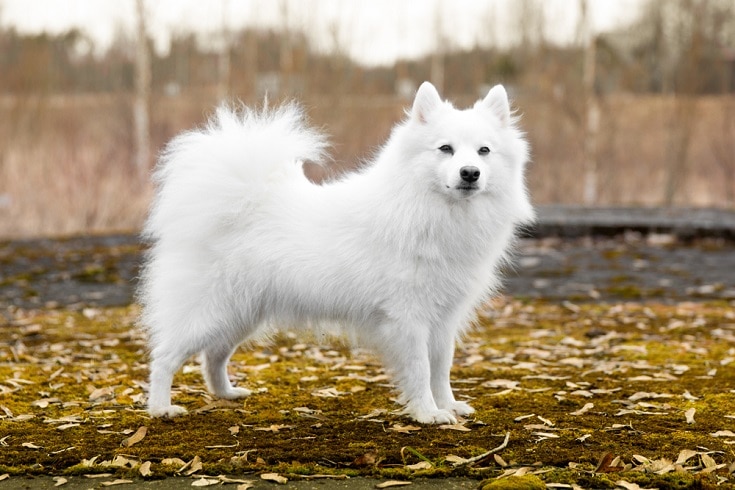
Kintamani-Bali
There are unique Asian dog breeds known as the Kintamani-Bali Dog. The Balinese consider this breed their national dog; thus, it makes sense that they would keep one as a pet.
The Kintamani-Bali Dog looks similar to a Samoyed and an Alaskan Malamute. However, they are a particularly ancient breed that has persisted on the island for centuries.
Though they are considered affectionate and loyal family pets, this breed is notorious for its fierce independence. But what sets them apart from other canines is their enthusiasm for climbing. Kintamani-Bali Dogs, unlike most dogs, are quite content living in the air, whether they are traversing the rooftops of tiny Balinese homes or lying on the tops of walls like cats.
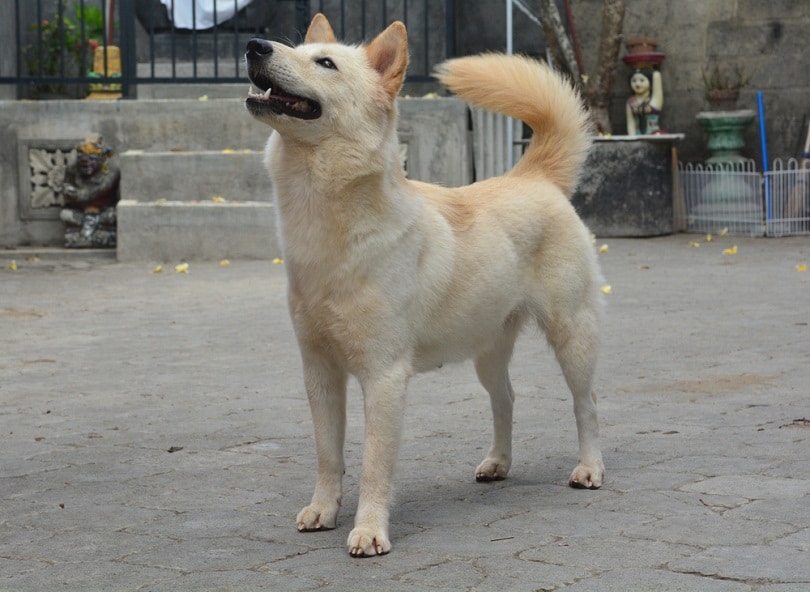
Korean Jindo
South Koreans hold the Korean Jindo, a breed of hunting dog, in the highest regard for its steadfastness and bravery. Originally from a small island off the southwestern coast of South Korea, the Jindo is now widely dispersed and used as a hunting companion and security dog.
The dogs, which are of medium size, have roamed the island freely for thousands of years. In 1962, South Korea officially recognized the Jindo as a national treasure due to the dog’s widespread popularity. The American Kennel Club considers them a “foundation breed,” or one among the first dogs ever bred.
Korean Jindos aren’t the best choice for a family dog because they tend to establish strong attachments to their owners and become overprotective of them.
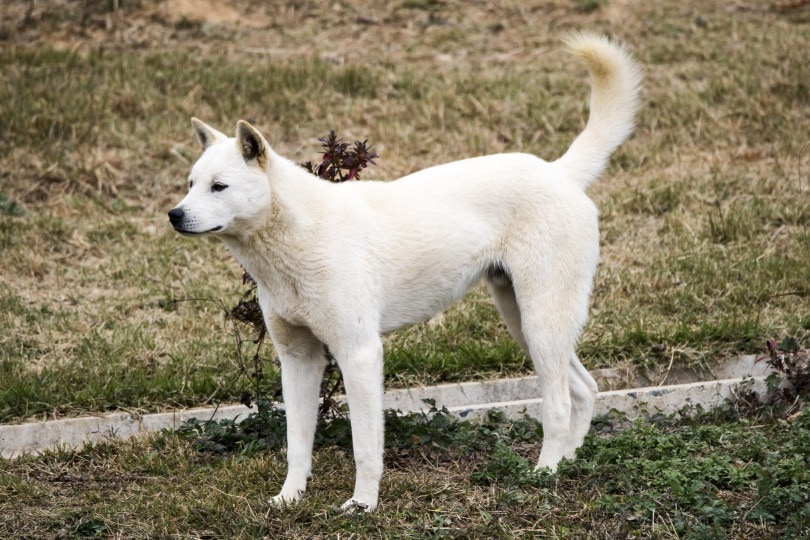
Lhasa Apso
The Lhasa dogs are small Asian dog breeds created to serve as guard dogs in Tibetan Buddhist monasteries. This breed was given its name in honor of Tibet’s capital city of Lhasa.
This small dog breed has a high sense of hearing and has been bred for years to bark at the sight or sound of a stranger, so they are independent and eager to please.
The Lhasa Apso is a high-maintenance dog mostly because of its long, flowing coat, which requires extensive brushing and upkeep. However, many owners choose to keep their dogs in a short puppy cut rather than subjecting them to hours of bathing and brushing.
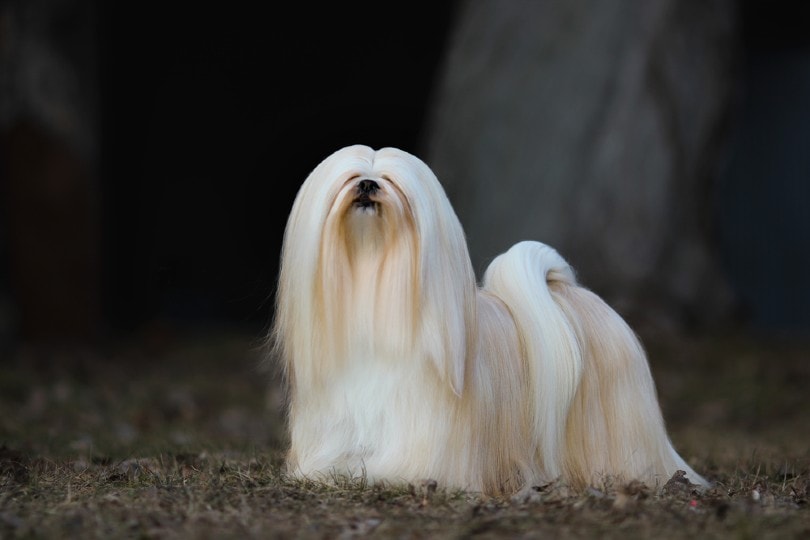
Pekingese
The Pekingese dog is a well-liked little canine breed of Chinese ancestry. The breed was highly prized by the aristocracy of the Chinese Imperial Court as a lap dog and companion.
Pekingese are surprisingly good watchdogs due to their loyalty, devotion, and strong will. They will bark loudly at any intruders or threats they sense. However, they are fragile tiny dogs, so you shouldn’t rely on them as guard dogs for anything beyond their bark.
Although Pekingese are fine apartment dogs, their barking can become problematic if not managed. They get along well with other pets and kids, although younger kids should be supervised to prevent them from being dropped or hurt.
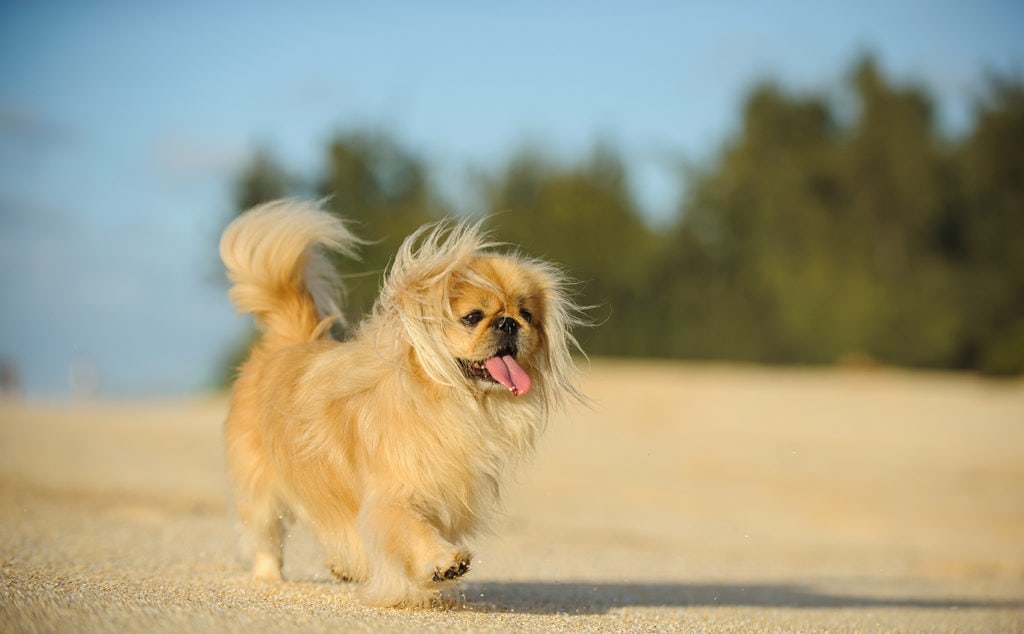
Pug
To identify a Pug, look at its wrinkled, short-muzzled face and curly, short tail. The breed first appeared in central Europe in the 16th century and spread from there to the rest of the world.
Pugs are social dog breeds that enjoy being around people. Since they require so little exercise daily, they are wonderful apartment pets. They miss their families dearly and do not do well when isolated for extended periods of time.
The Pug is an excellent companion animal, but its small size and delicate constitution necessitate special care. They pose a significant risk of injury if carried by an unsupervised youngster, who might drop them or have them roll off a piece of furniture.
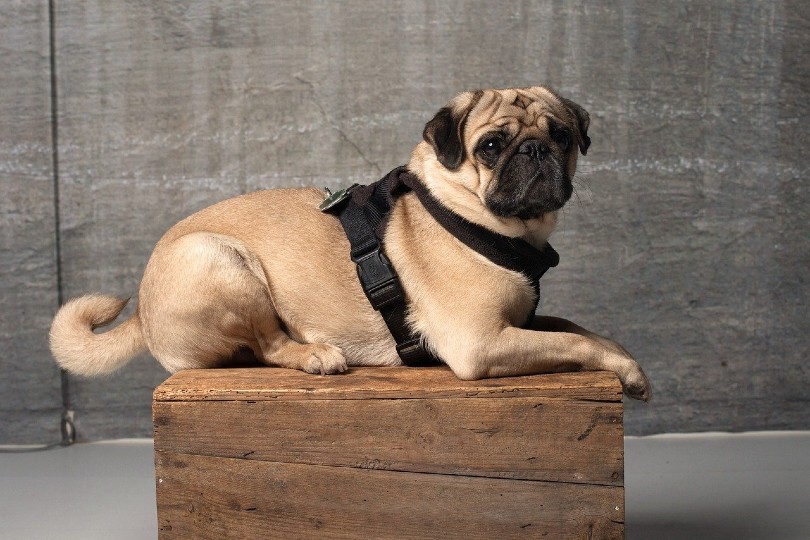
Samoyed
The Samoyed is a beautiful dog breed of working dogs that were first developed in their native Siberia to serve as a hunter and sled dogs. Despite their independent nature, these dogs are fantastic with kids and other pets, and their popularity has grown over the years.
Samoyeds can be from medium-sized to large dogs, and their thick, white coats make them look elegant. They were developed to endure some of the most extreme environments on the planet but can also thrive in milder climes. Samoyeds are easily bored; thus,, they need to be engaged in mental and physical activities regularly to prevent them from engaging in destructive behaviors, such digging and chewing on shoes and furniture.
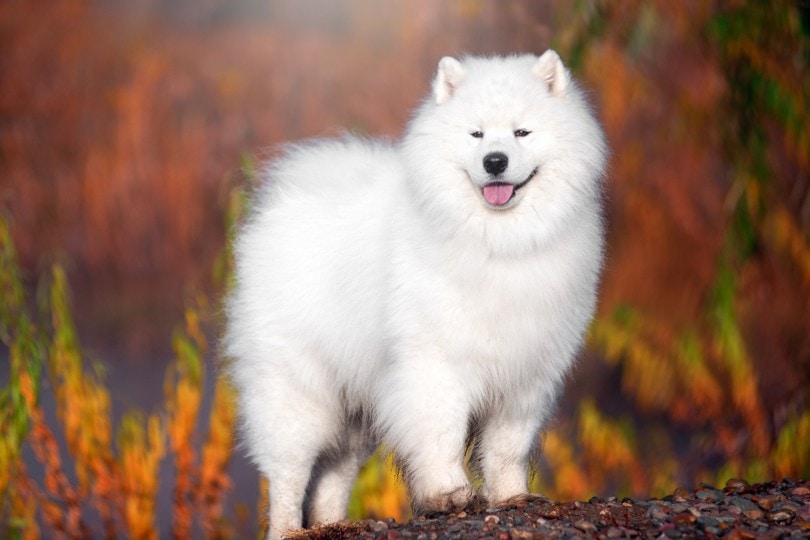
Shar-Pei
While the Chinese Shar-Pei is only the 134th dog breed officially recognized by the American Kennel Clubhttps://www.akc.org/, the breed has been existing for centuries. Unfortunately, their original purpose was not to fight but to protect, hunt, and herd. Their short, bristly coat, loose, wrinkled skin, and undying love for the family have made them iconic.
Due to their stubborn nature, these dogs require extensive, constant, and tough training, which may prove challenging for inexperienced pet owners. An early start on socialization is crucial. If you provide for the breed’s needs, it will reward you with a vigilant guard dog and devoted companion.

Image Credit- WINNIE AU/ Getty Images
Shiba Inu
The Shibu Inu dog originated in Japan and was developed specifically for hunting. The Shibu Inu is a breed with deep historical roots, with a history stretching back to around 300 BC.
Only a few decades ago, after the close of World War II, the Shiba Inu was on the verge of extinction. However, because of a renewed interest in the breed and a successful breeding program, these dogs are among the most popular in Japan.
In 1954, a family of U.S. servicemen brought the first Shiba Inu to the country.
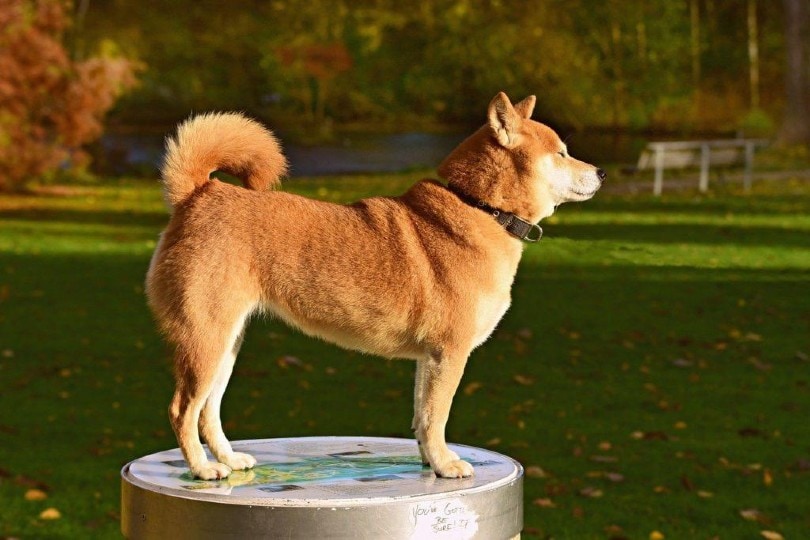
Shih-Tzu
As a popular breed of dog, the Shih Tzu has widespread acclaim across the United States and the globe. It has a pleasant personality, but it can become mischievous if ignored or left alone for too long. Shih Tzu’s diminutive stature makes it well-suited to city and apartment living, and its high intelligence and independence make it an excellent companion for the elderly.
Shih Tzu, who may have been the first lap dog, is not interested in going for walks or playing games in the yard, preferring to sit on your lap while watching television.
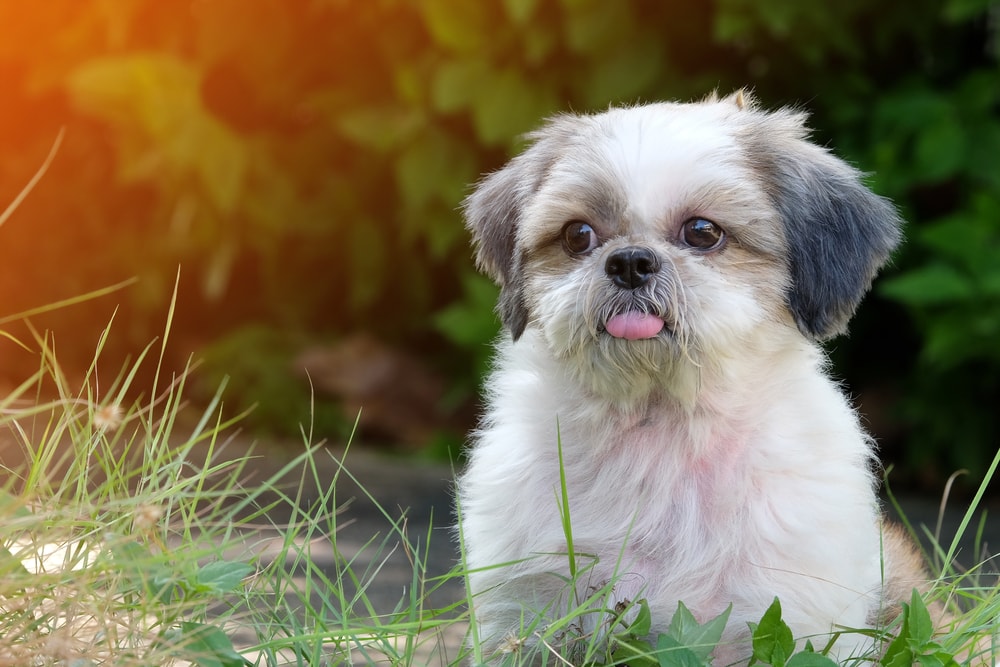
Siberian Husky
The Siberian Husky is a remarkably tough dog, able to survive in freezing conditions. They are members of the U.S. Army’s Arctic Search and Rescue team, which relies on their ability to cover great distances over snow and ice. While friendly and extroverted, these canines protect their families and will not tolerate intruders.
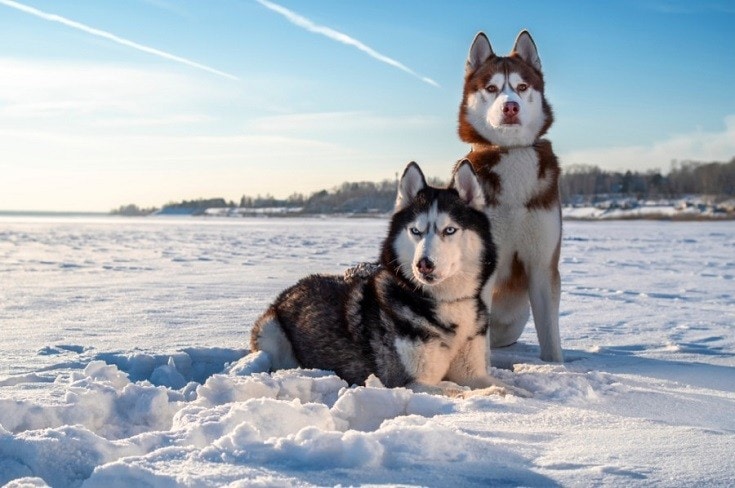
Thai Bangkaew
The Thai Bangkaew is a unique Asian breed despite being far less well-known than the Ridgeback. For a long time, nobody knew where the Bangkaew came from. A recent genetic analysis, however, revealed that the breed is related to both a native Thai dog and the Asiatic jackal dog.
The Thai Bangkaew is a relatively modern invention that originated in Thailand in the twentieth century. They were likely brought up in the southern Thai village of Bangkaew, located in the central Thai province of Phitsanulok. Thus, the moniker.
They can be stubborn sometimes, but don’t confuse that for lack of intelligence. These canines are highly intelligent and make fantastic guard dogs. Their owners claim they have high intelligence and are excellent at detecting danger.
While the Ridgeback is more common, the Thai Bangkaew is not suggested for first-time dog owners. Someone with a strong, domineering character must raise one. However, if trained well, they may be excellent family pets.
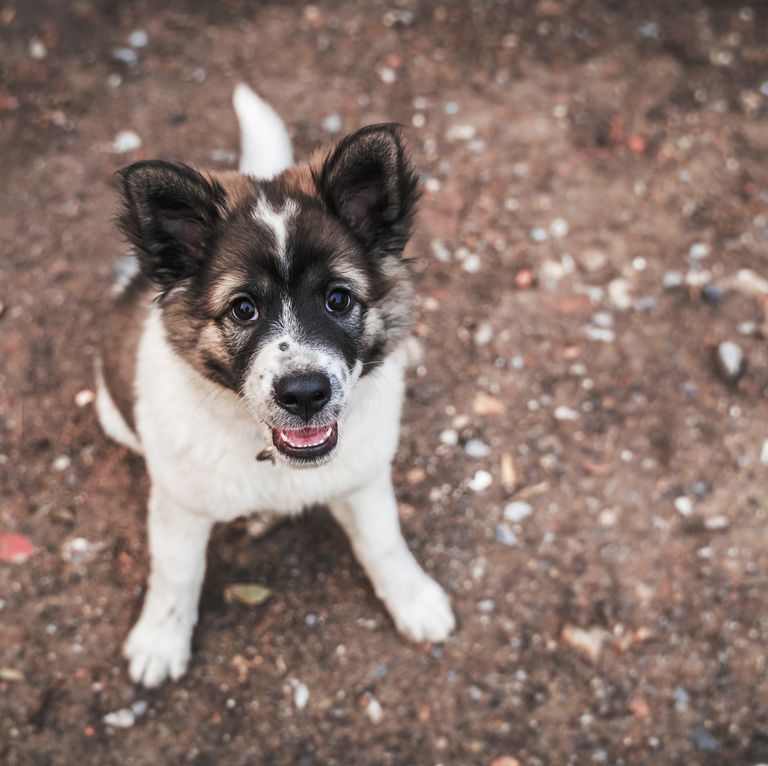
Image Credit- Lemon-TM/ Getty Images
Thai Ridgeback
The Thai Ridgeback is a muscular and sturdy medium-sized dog originally bred for hunting in Thailand. Once unheard of outside of Thailand, the breed is gradually gaining popularity elsewhere, although, to this day, it has not caught on in the United States.
A well-socialized and trained German Shepherd may be a wonderful addition to any family because of its intelligence and protective nature.
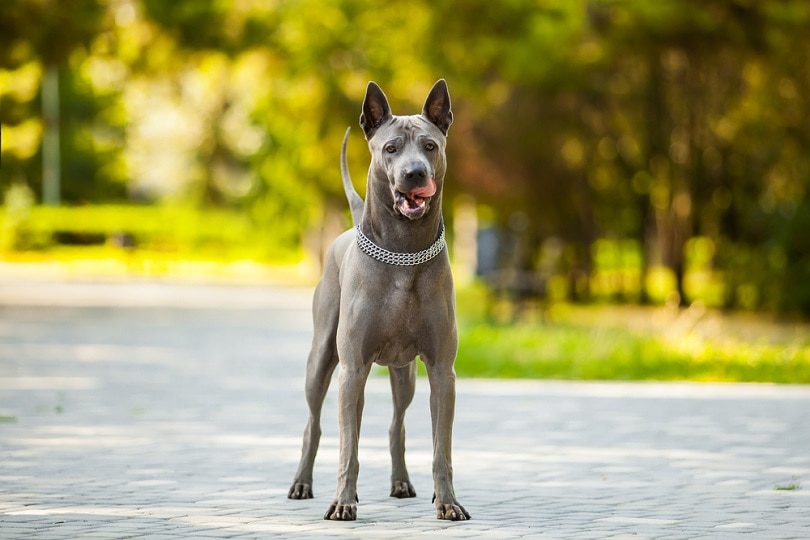
Tibetan Mastiffs
Another ancient Asian breed with Tibetan roots is the Tibetan Mastiff. They are revered by the Tibetan people, who believe that the dogs’ souls are those of Buddhist monks who did not lead good enough lives to be reincarnated as humans, making them the protector of the Himalayas.
Tibetan Mastiff has been used for centuries to protect herds of livestock grazing in the mountains and as personal guard dogs because of their extraordinary physical prowess, superior intelligence, and indomitable will.
The American Tibetan Mastiff Association claims that in the late 1950s, two Tibetan mastiffs were sent to the United States from Tibet as a gift to the President of the United States, but these dogs have since disappeared. Not until the 1970s did additional Tibetan Mastiffs start making their way from Tibet to the United States.
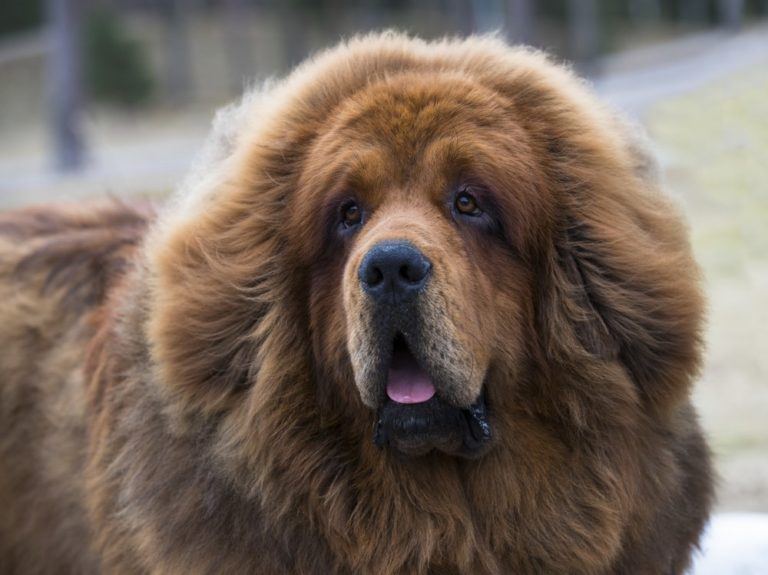
Tibetan Spaniel
The Tibetan Spaniel is a breed of a little dog that originated in the Tibetan mountains as a companion and guard. This breed is well-known for its smarts, low-maintenance coat, and protective nature toward the family.
If your Tibetan Spaniel gets adequate daily exercise and walks, he or she will be perfectly happy living in an apartment. However, they dislike being left alone for extended periods. These dogs, belonging to a loving and sensitive breed, yearn for human company.
There may be barking or other disruptive behavior if they don’t understand. Dogs thrive on human companionship, so do your best to shower your pet with affection and playtime.
FAQs
What breeds make the Asian dog breed?
Indian dog breed, Japanese Dog breed, Chinese dog breed, Malaysian dog breed, Indonesian dog breed and Russian dog breed
